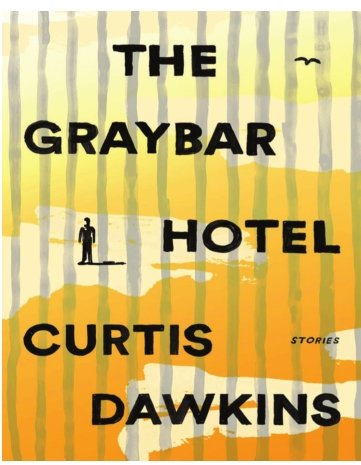
Inmates at Michigan’s more than 30 penal institutions won’t be reading the acclaimed jail break book “Papillon” by Henry Charriére, or “Junky: Confessions of an Unredeemed Drug Addict,” by William S. Burroughs, any day soon.
Those books, along with thousands of others, are on the Michigan Department of Corrections’ banned book list. The list is 60 pages long and filled with books that have been deemed unsuitable for inmates to read.
There are 22 reasons books can make the list according to Department of Corrections spokesman Chris Gautz. Included are books like “Papillon” which is a “threat to the order and security of the institution,” and some classic Elmore Leonard books like “Out of Sight” which in addition to threatening the order of the institution ,“advocates insurrection and escape.”
To ensure inmates aren’t receiving banned content, every piece of mail coming into a prison is examined for contraband.
First, books can only be mailed from approved vendors like Amazon, Barnes & Noble and, locally, Schuler Books, to avoid tampering. Then, books are carefully screened for content. Some of the banned books are obvious, others less so.
The “Fifty Shades” series makes the forbidden list because “it describes or depicts acts of sadism, masochism or bondage.”
A variety of textbook-like books make the list because Inmates may gain expertise in picking locks, hacking or learning how to make poisons. For example, “the Encyclopedia of Electric Circuits,” by Rudolph F. Graf is on the list because “it provides specific and detailed information about the circuitry and operation of electronic security systems.”
Generally, any book that describes aberrant sex scenes or advocates sex with minors is an easy call for the censors. Yes, “Lolita,” by Vladimir Nabokov, is on the list. Gautz said books depicting sex with “two consenting adults” are likely to pass the censor’s eye.
If a specific book has been mailed to an inmate and been disapproved, there is a two-step appeal process. First, the decision is reviewed by the specific prison officials and then, if it is turned down at that level, it goes to the Department of Corrections for a final review.
Despite the list of banned books, inmates have no shortage of reading materials, according to Gautz.
Each prison has a library where Inmates can check out books and have access to the LexisNexis database for legal research.
Gautz also said that the Department recently made a rudimentary tablet available for inmates to purchase.
“Obviously, without Wi-Fi,” Gautz said. Inmates can use the tablet to purchase and download pre-approved e-books, games and music from third-party provided kiosks. Count on games from the “Grand Theft Auto” franchise not being one of the selections.
Gautz said the list has been maintained since at least 1996 and it enables all institutions to apply the same standards.
“There’s one list across the board,” he said.
Books aren’t the only form of communication that comes under close scrutiny.
The Department of Corrections recently issued a comprehensive set of restrictions on inmate mail that prohibits such things as stickers of any type, including address labels; stains of any type, including from lipstick, and crayons.
Mail cannot have any glue or non-transparent tape and all mail must be sent in white envelopes only.
The reason for the clamp-down is concern over drugs like Suboxone, an FDAapproved drug used to treat heroin addiction and withdrawal, which can easily be concealed under an address strip according to Gautz.
It is important to point out that the 60-page list is not all-inclusive. Books only make the list when they are sent to inmates and refused because of content.
One notable book on prison life by the infamous jailhouse writer Jack Henry Abbott, is also not on the list, but would undoubtedly make it. “In the Belly of the Beast,” by Abbott is a collection of his letters from prison that caught the attention of celebrities, including Norman Mailer in late 1979, who then advocated for his release. Six weeks after his release Abbott who was born in Oscoda, Michigan, murdered a waiter and was returned to prison.
Other interesting banned books of note by Detroiter Donald Goines, including “Black Girl Lost” and “Dopefiend,” are on the list. Gautz said Inmates are encouraged to write, including journaling, but it appears that books by current inmates are banned despite content.
A 1916 book, “Peaches: The Wee Hours II,” by W.D. Burns was banned in 2016 because the author is a “currently incarcerated inmate, pressure could be exerted to have the book purchased or distributed by other inmates as a means of compensation, communication or influence peddling.”
Likely, the book “The Graybar Hotel,” by lifer Curtis Dawkins which recently garnered a front page story in the New York Times, will be subject to the same fate.
The National Institute of Corrections’ website states that there isn’t one official list of banned books, but it provides a list of resources on its website to find out more. There is however, a more inclusive record, that was first made available by the online news site MuckRock.
Support City Pulse - Donate Today!
Comments
No comments on this item Please log in to comment by clicking here